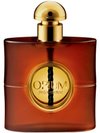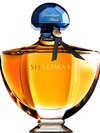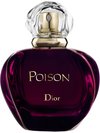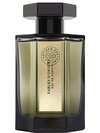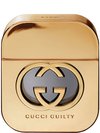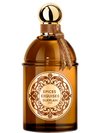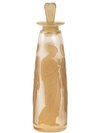
There has been talk of a possible change in the name of what is known as the oriental family among professionals and institutions in the perfumery sector.
The proposal is use: ambered, a neutral term far removed from controversy or second interpretations.
Discussions around this change started in the spring of 2021, and some of the most important institutions in the sector, such as the Fragrance Foundation in the United States and the British Society of Perfumers in the United Kingdom, have been the first to support this initiative, pointing out that the term may be offensive to some people and should be reviewed.




